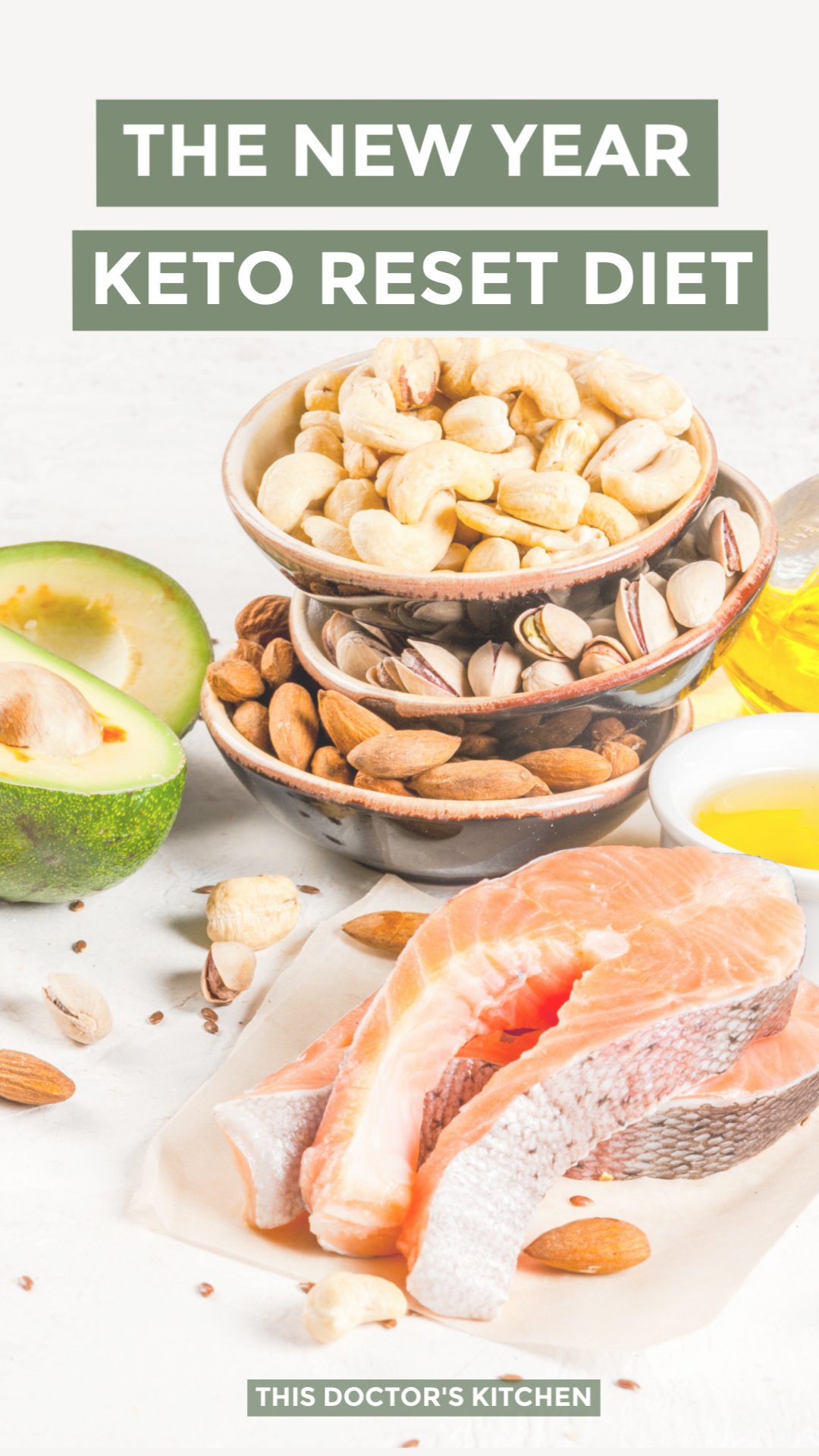I’m Sarah, a Naturopathic Doctor, wellness enthusiast and health-foodie. I’m a well-being advocate and green kitchen guru who is living my true purpose while guiding patients through their personal health journeys. I’m also a complete and utter health food fanatic who wants to see everyone benefit from eating healing foods!
January 4, 2018 By Sarah White No Comments

This holiday season has been filled with way more sugar and alcohol than I would normally eat. While it’s been a wonderful break, I can definitely feel the effect that these indulgences have had on my blood sugar levels. My new favourite way to reset after the holidays is to follow a strict ketogenic diet for 20 days. This is an excellent and delicious way to reset my blood sugar levels (and lose a few post-holiday pounds) after a few weeks of indulging. Today’s post will teach you how to do your own keto-style diet in order to reset your insulin levels & metabolism for a healthy transition into this new year.
What is the Ketogenic diet:
The ketogenic diet is a high-fat, low-carbohydrate diet that helps to control weight. Ketogenic comes from the word ketones (keto = ketone / genic = producing). Ketones are formed when the body uses fat for its main source of energy. Your body preferentially uses carbohydrates for its fuel, but when you follow a very low carbohydrate diet (like the ketogenic diet) fats become the primary fuel source instead. To attain ketosis, you need to eat a diet that is very low in carbohydrate and high in healthy fats. This means that your diet is based mostly on plant and animal fat, protein, and green vegetables. Through this 20-day reset you should aim to consume less than 50 grams carbohydrate per day.
Why do a Keto-Reset:
In a recent study, subjects who ate a ketogenic diet for 20 days, followed by a low carb diet for 20 days experienced and sustained significant weight loss and blood sugar regulation. In order to understand why this happens you need to know how your body works to maintain normal blood sugar levels. There are two hormones that control blood sugar, one is insulin and the other is the opposing hormone called glucagon. They antagonize one another meaning that they can’t coexist in your blood stream. Insulin is your fat-storing hormone which is secreted in large amounts when we eat carbohydrates, while glucagon is often referred to as a ‘fat-burning’ hormone and is active during periods of fasting or low-carbohydrate dieting. If you’re eating carbohydrates throughout the day your insulin levels will remain elevated and you will never tap into the power of the fat-burning glucagon hormone. By taking a break from the insulin-sugar roller coaster ride you can effectively retrain your body to release less insulin thereby upregulating glucagon production.
How-to Keto:
Here is a list of some suitable foods for someone following a ketogenic diet:
Stay tuned over the next few weeks for my favourite keto recipes.
References:

Dr. Sarah White is a Naturopathic Doctor, Integrative health expert and the founder + CEO of This Doctor’s Kitchen — your evidence-based resource for all things health and wellness. Dr. Sarah takes a food-first approach to health with a focus in fertility, longevity and natural beauty. She is recognized as an expert in women’s hormones, thyroid health and anti-aging. Dr. Sarah is a published health author with features in Elle Canada, Best Health, EcoParent & Whole Family magazine.